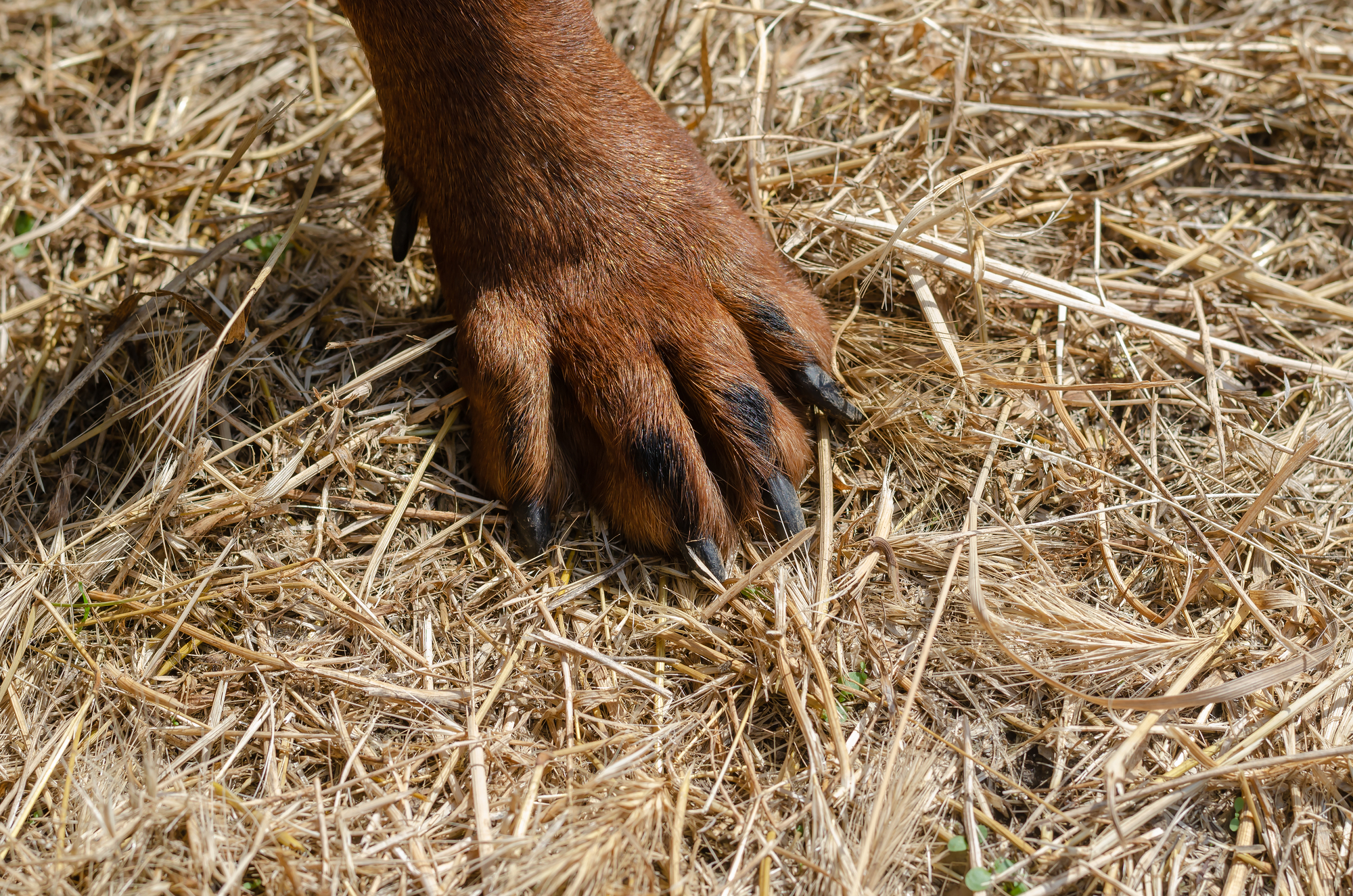If you’re a dog owner, you probably have heard about — or perhaps even know something about — foxtails.
Foxtail Basics
For those who don’t know much about them, foxtails — sometimes called grass seed awns, mean seeds, cheatgrass, timothy, June grass or Downy Brome — are sharp, pointy, seed-containing structures that can be found at the tops of certain kinds of grasses. Essentially, they resemble the tail of a fox. These types of grasses are prevalent in all but seven U.S. states (Virginia, South Carolina, North Carolina, Louisiana, Hawaii, Georgia and Florida).
Foxtails are most commonly seen in late spring, summer and early fall, but in western states, such as California, they can be found all year long. This includes in parks, in open fields, next to roads, on the sides of hiking trails and even in dog owners’ backyards. Although they’re found less in urban areas, they will still appear in any areas where grass is allowed to grow uncontrolled.
Via their shape, foxtails are designed to hitch a ride on any object passing by and become buried in the soil when they fall to the ground; this is how nature disperses these grass’ seeds.
Foxtails cause problems for dogs because these seed structures can become lodged in their skin, paws, nose, eyes and eyelids, ears, or mouth and cause painful infections if they’re left untreated. Dogs sometimes consume foxtails, and this can turn into an emergency because the foxtails can perforate their intestines or cause a severe internal infection, leading to an abscess. In both cases, this can require advanced diagnostic tests and surgery to resolve.
How to Know If Your Dog Has Been Injured by a Foxtail
The most common places for foxtails to become lodged are in your pup’s paws, ears or nose. They can even be inhaled!
Some common signs that your dog may have a foxtail injury to their paws are:
- Constant licking between their toes
- Swelling or discharge between the toes
- Areas of redness or tenderness
- Limping
Common signs a dog may have a foxtail injury to one or both of their ears are:
- Shaking of the head
- Tilting of the head
- Repetitive pawing at one or both ears
- Redness or discharge from one or both ears
- Pain if you touch your dog’s ears or head
Signs that a dog may have a foxtail injury to their nose (or he or she has inhaled one) are:
- Difficulty in breathing
- Gagging or coughing
- Snorting
- Sneezing
- A sudden onset of bad breath
- Discharge from the nose that may or may not include blood
Signs that a dog may have a foxtail injury to one or both of their eyes or eyelids are:
- Swelling around one or both eyes
- Squinting with one or both eyes
- Pawing at the eyes
- Discharge from around the eyes (rarely containing blood) that appears clear, slightly yellow or green
Remember that by the time you notice a foxtail injury, the foxtail itself may or may not be visible; it could be embedded in the skin, or it may have become dislodged and fallen away. In the worst cases, foxtails can reach the spine, the lungs, the brain, the heart or the belly cavity and cause havoc by bringing bacteria and dirt into contact with your dog’s internal organs.
How to Deal with Foxtails
The best time to examine your dog for foxtails is immediately after he or she has been in an area where foxtails are found. It’s a good blanket policy to inspect your dog’s fur after each time they go outside. Check your dog’s paw pads between each of their toes, and take a good look their ears.
You can use your hands or a fine-toothed comb or brush to remove foxtails stuck in your dog’s fur, as long as they’re not embedded in the skin. If you do find a foxtail partially embedded somewhere, use tweezers to try and remove it, as you would with a splinter. Be sure you get the whole foxtail, not just part of it. After you’ve removed the foxtail, wash the immediate area with antibacterial soap and rinse it with water.
In general, if you can’t find or remove the foxtail, or a foxtail injury becomes infected, you may notice one or more of these signs in your dog:
- Lack of appetite
- Lack of energy
- Bleeding or swelling
- A rancid smell coming from a wound
In fact, anytime your dog is lethargic, has a mysterious swelling on their body or is persistently licking one area, it’s best to have them checked out by a vet. A vet can offer pain medication and antibiotics if necessary to treat or prevent an infection from a foxtail. The earlier a foxtail injury can be detected, the better off your dog will be.
Preventing Foxtail Injuries
Of course, the best strategy to deal with foxtails is to prevent injuries from them happening in the first place. This can be done by avoiding areas where foxtails are prevalent when you walk your dog. Keep him or her on a short leash in and around areas where foxtails grow — don’t let your dog run through open fields in the late spring, summer or early fall. If you have foxtails growing on your land or in your yard, remove them, or have a landscaping service do it for you.
Certain breeds of dogs, such as hunting dogs, may need extra protection. For these dogs, there are mesh field guards that can be fitted over their heads to protect their eyes, ears and mouth. There are also special vests available that can protect their chest and abdomen. For protecting your dog’s paws, there are many types of dog booties on the market. Long-haired dogs can use a trim before the summer to lessen the chances of a foxtail attachment.
The above products and services are well worth their cost in terms of vets’ bills and other expenses saved. But even if you use these items or others, you should still check and brush out your dog’s fur regularly after each time they go outside. Being vigilant about foxtails takes a bit of extra time, but it’s worthwhile to keep your dog happy, healthy and pain-free.








